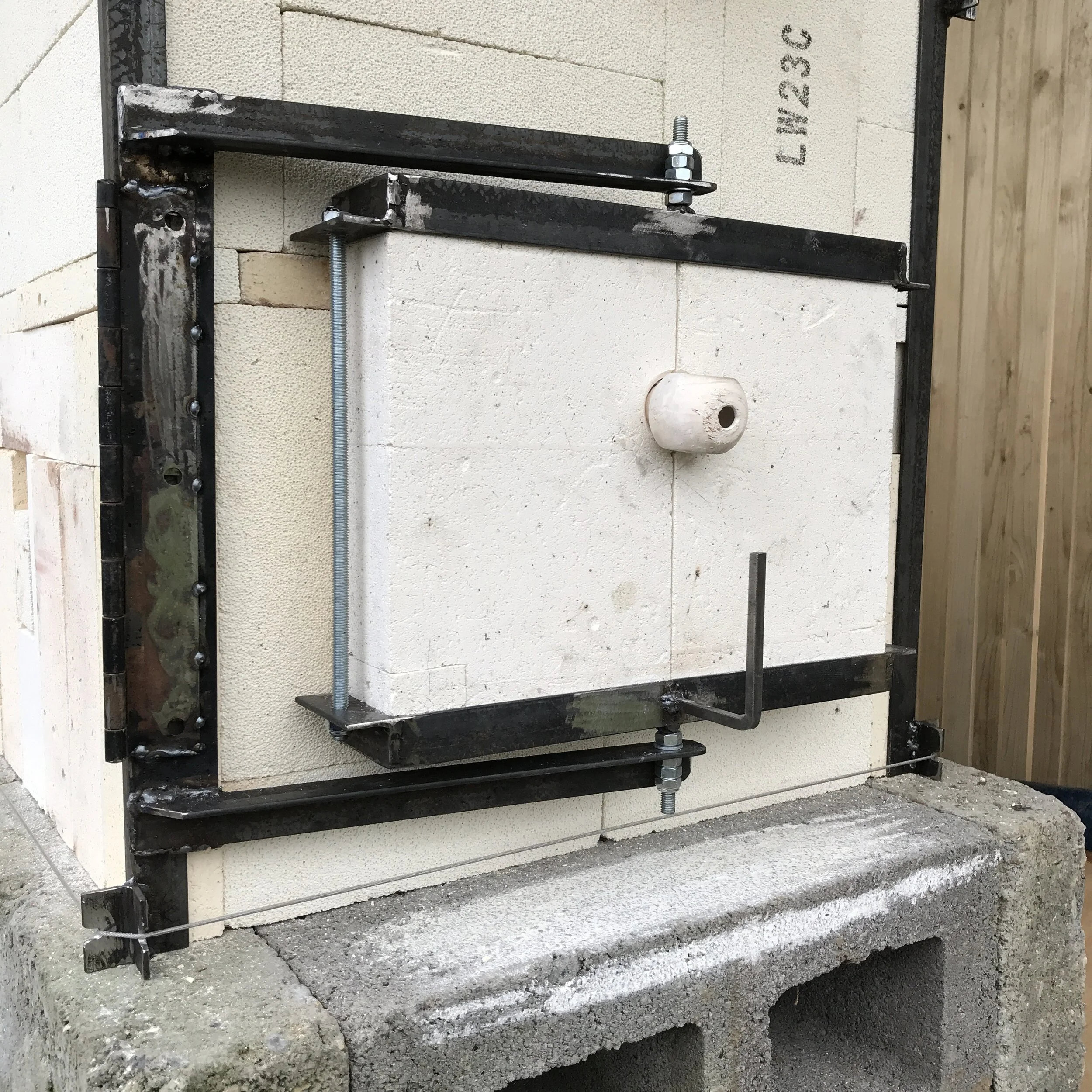52°55'18.5"N 1°20'09.6"E
The specificity of a grid-reference seems somehow satisfying as a concrete marker, much as the time of day, or tide-times do in this Norfolk (UK) project. Maybe because some much else seems unknown, or shifting, like the water which has shaped so much of Norfolk, now, and in the past. I have made a habit of noting the time, date, and grid-reference, of each material gathered, and this continued with the latest trip to the North Norfolk coast.
Having lifted around 10kg of clay from the collapsed cliff base, I processed it through a 60mesh screen. It seemed to contain a fair amount of sand and fine grit, which I have kept aside with the intention of grading it for use as grog. - The clay appears plastic enough to shape (though I have yet to throw with it) and the first test will be to 1000c in a bisque firing.
As with many of these wild clay samples, she held up well at 1000c and the colour is not unpleasant. The real testing, at progressively higher temperatures, can now begin!
Ever impatient, and always keen on a bit of kiln drama, I stuck one of these biscuit-fired pieces straight back in the next stoneware firing. It was almost certain to melt, but I am interested to know how much, and how I might be able to use even this most fluid of states.
Sure enough, she melts at stoneware temperatures, but just look at how beautifully she does it! Unlike the Happisburgh/Ostend cliff clay, which softened to a dark brown glassey fluid, this clay has expanded and foamed, leaving a pocked and pitted surface with small glassey pools:
What might have seemed disastrous to some actually made my week. These fluid properties, when captured, seem to speak of the constant flux of the Norfolk coastline, and the relationship between materials and natural forces..
Further test-firings have revealed the following changes at different temperatures:
In the previous high firing, I managed to squeeze in a small circular test tile painted with the iron-rich silt which had been running through the cliff base. Effectively, this was a slip as, in order to extract the rust deposit from the cliff base, I had to remove a thin layer of the underlying clay. It was a very pale grey clay which reminded me of the Ostend deposit (which melted so spectacularly in the Hunches & Proof post). The tile shows a rather uninspiring rust-brown fluxed wash across the majority of the tile but, in a small circle towards the right-hand side, I had dotted an extra thick layer of the slip/silt. Here, at 1260c, the additional fluxing properties of the high iron content, and the low maturation point of the clay had combined to form a very beautiful looking glaze:
Next steps are to develop a few simple glaze line-blends of the clays and slit: There’s always a next step ;-)























